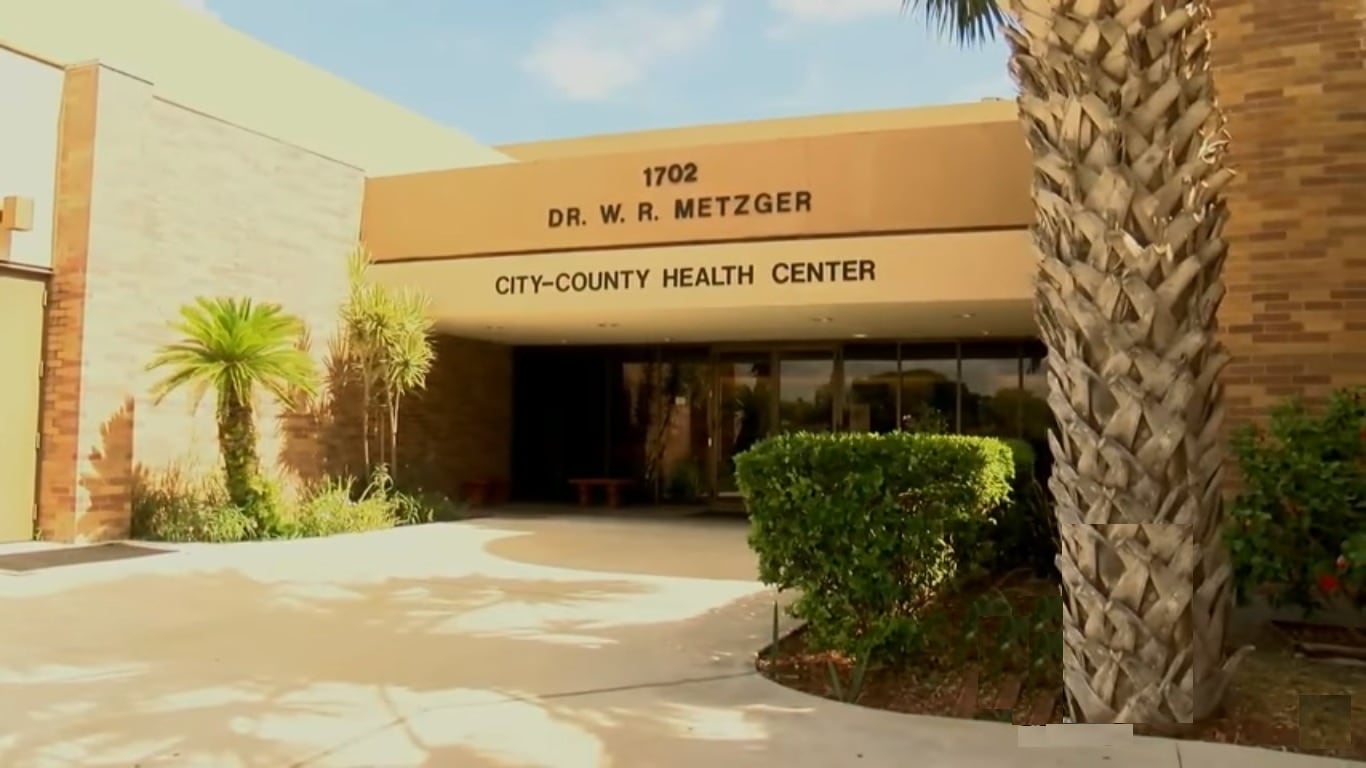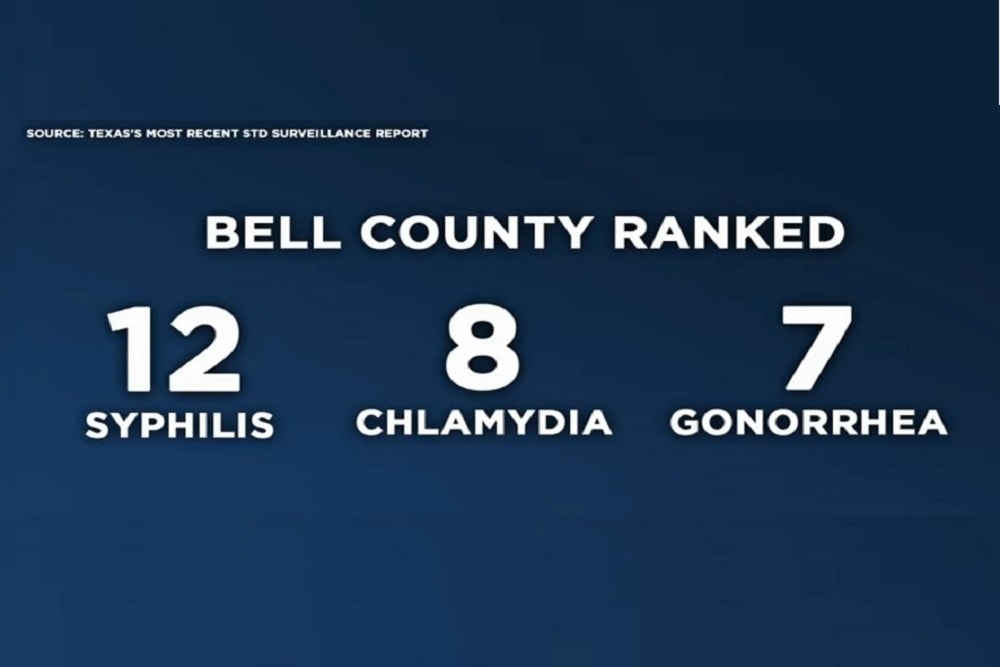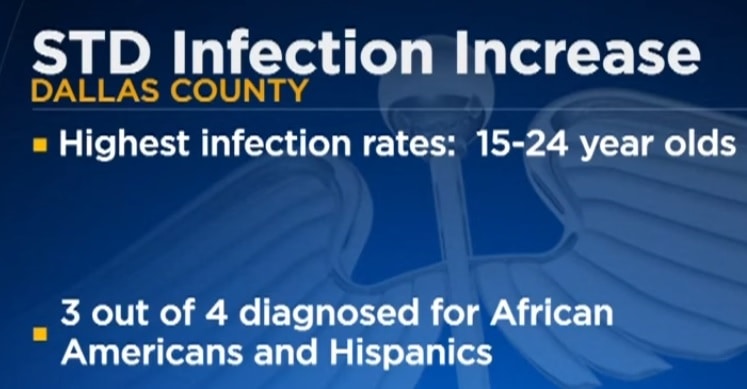STD Testing Texas
Don’t miss a single update on STD information in & around Texas. Find STD testing near you with +4500 testing Center, we cover nearly entire Texas including parts of
Harris County, Nueces County, Austin, Houston, Dallas, St Antonio, El Paso & more …
The Rising Tide of STIs in Texas: A County-by-County Look at a Growing Public Health Concern
Sexually transmitted infections (STIs), also known as sexually transmitted diseases (STDs), are a significant public health issue across the United States, and Texas is no exception. In recent years, several counties in the Lone Star State have witnessed a concerning rise in STI rates, prompting a closer examination of the trends, underlying causes, and potential solutions. This report delves into the types of STIs prevalent in Texas, analyzes county-wise rates, explores the factors contributing to this increase, and provides a call to action for testing and prevention.
Common STIs in Texas
Three STIs are of particular concern in Texas due to their prevalence and potential for serious health complications if left untreated: Chlamydia, Gonorrhea, and Syphilis.
- Chlamydia: Often asymptomatic, chlamydia can cause serious, permanent damage to a woman’s reproductive system, making it difficult or impossible to get pregnant later on. It can also cause a potentially fatal ectopic pregnancy (pregnancy that occurs outside the womb).
- Gonorrhea: Gonorrhea can cause infections in the genitals, rectum, and throat. It is a very common infection, especially among young people ages 15-24 years. Untreated gonorrhea can cause serious and permanent health problems in both women and men.
- Syphilis: Syphilis is an infection that can cause serious health problems if not treated. Syphilis is divided into stages (primary, secondary, latent, and tertiary), with different signs and symptoms associated with each stage. If untreated, it can lead to severe long-term complications, including damage to the heart, brain, and other organs.
Statewide Trends: A Look at the Numbers
Data from recent years indicates an upward trend in the incidence rates of these STIs across Texas. Analyzing the average rates provides a general overview of the situation.
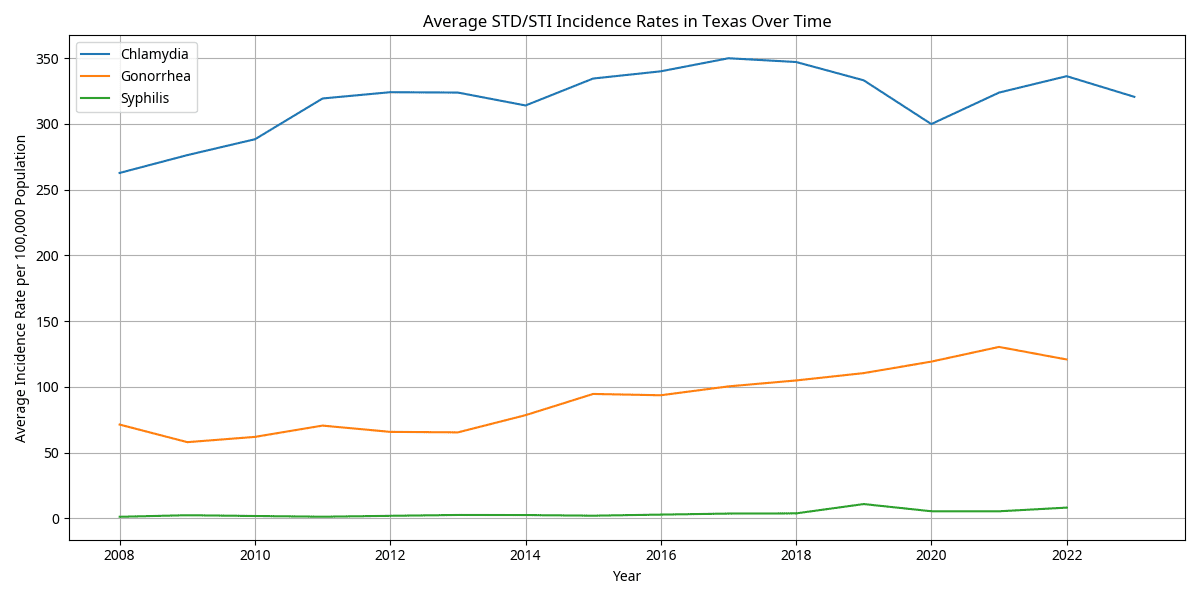
Figure 1: Average STD/STI Incidence Rates in Texas Over Time
This graph shows the average incidence rates for Chlamydia, Gonorrhea, and Syphilis per 100,000 population across Texas counties from the available data, highlighting the general trends over the years.
As seen in Figure 1, the average incidence rates for Chlamydia, Gonorrhea, and Syphilis have shown fluctuations, with a general trend that warrants attention from public health officials and the community.
County-Level Hotspots: Where Are Rates the Highest?
While statewide averages provide a broad picture, a closer look at county-level data reveals significant disparities. Certain counties consistently report higher incidence rates, indicating localized hotspots that require targeted interventions. Based on the most recent available data (2022), the following counties are among the top 10 for Chlamydia, Gonorrhea, and Syphilis incidence rates:
Location |
Chlamydia rate |
| Dallas | 848.7 |
| Erath | 578.7 |
| Tarrant | 461.2 |
| Kaufman | 419.5 |
| Navarro | 388 |
| Ellis | 335.1 |
| Garyson | 327 |
| Cooke | 313.6 |
| Hunt | 313.1 |
| Denton | 263.5 |
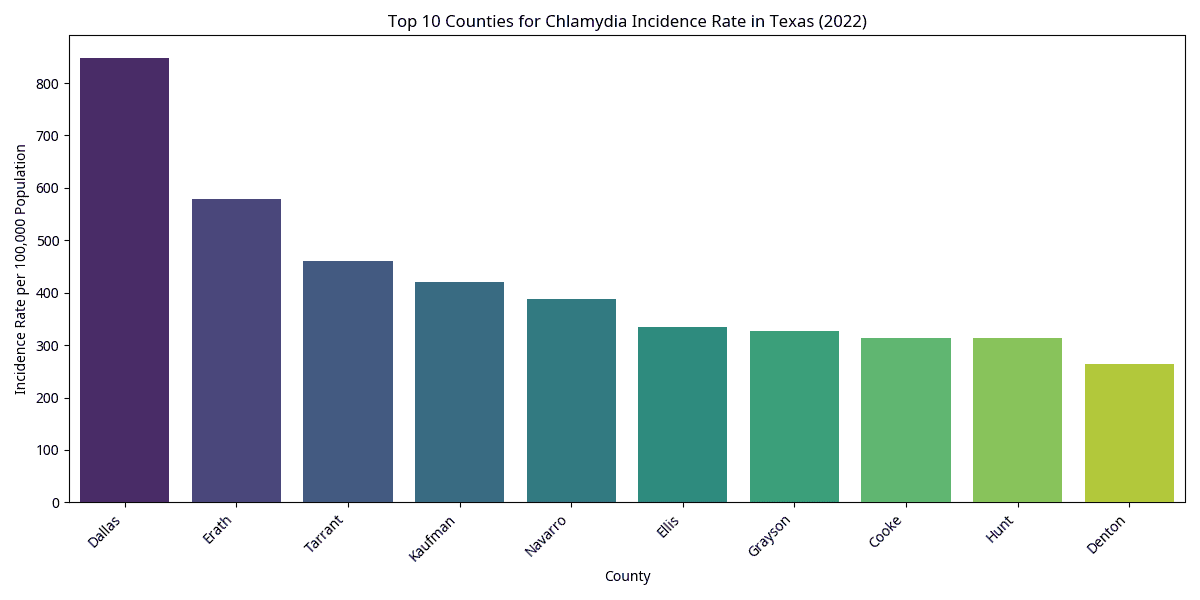
Figure 2: Top 10 Counties for Chlamydia Incidence Rate in Texas (2022)
This bar chart illustrates the counties with the highest Chlamydia rates per 100,000 population in 2022.
Top 10 Counties for Gonorrhea (2022)
Location |
Gonorrhea rate |
| Dallas | 411.3 |
| Tarrant | 200.3 |
| Kaufman | 162.4 |
| Hunt | 152.4 |
| Grayson | 121.6 |
| Ellis | 121.6 |
| Erath | 118.5 |
| Navarro | 108 |
| Denton | 100.2 |
| Collin | 93.1 |
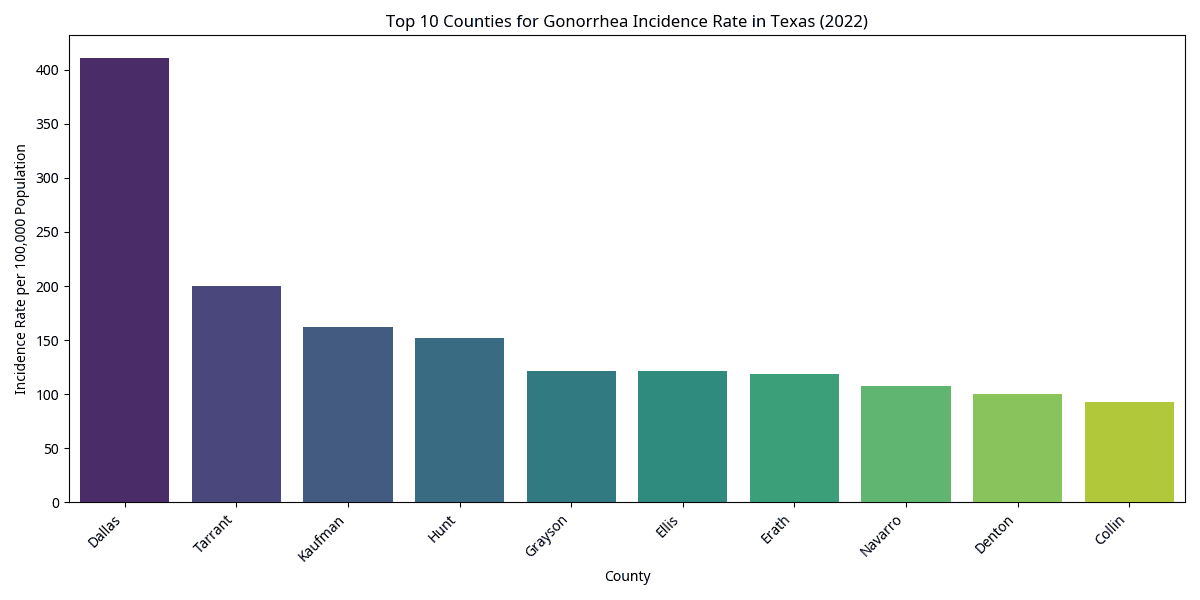
Figure 3: Top 10 Counties for Gonorrhea Incidence Rate in Texas (2022)
This bar chart illustrates the counties with the highest Gonorrhea rates per 100,000 population in 2022.
Top 10 Counties for Syphilis (2022)
Location |
Syphilis rate |
| Tarrant | 20.5 |
| Grayson | 16.8 |
| Dallas | 11.8 |
| Kaufman | 9.9 |
| Navarro | 9.2 |
| Johnson | 5.1 |
| Denton | 4.9 |
| Collin | 4.3 |
| Parker | 3.6 |
| Ellis | 2.8 |
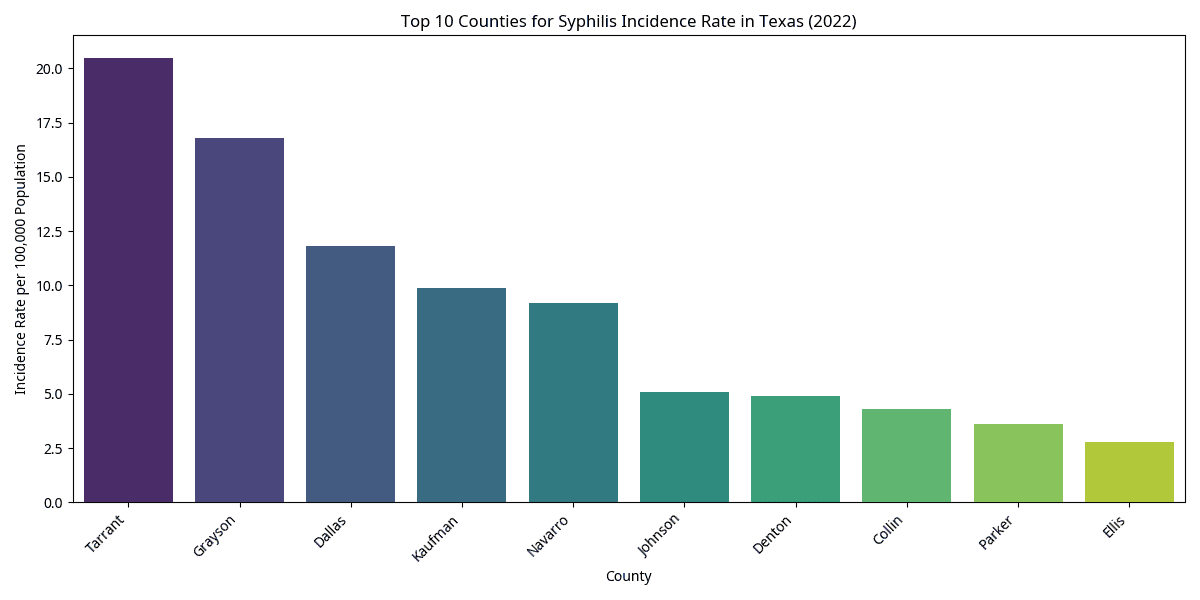
Figure 4: Top 10 Counties for Syphilis Incidence Rate in Texas
This bar chart illustrates the counties with the highest Syphilis rates per 100,000 population in 2022. These visualizations highlight that urban centers like Dallas and Tarrant counties frequently appear in the top rankings, but several smaller counties also exhibit high rates, indicating that the issue is not confined to densely populated areas.
The main causes of the Rise in STD/STI Rates in Texas
The increase in STD/STI rates in Texas, and across the nation, is a complex issue with multiple contributing factors. While specific causes can vary by county, several
overarching themes emerge:
- Decreased Funding for Public Health Services: Reductions in funding for public health clinics and STD/STI prevention programs have limited access to testing,
treatment, and educational resources. This can lead to a backlog in services and a reduced capacity to track and control outbreaks. - Stigma and Lack of Open Communication: The stigma associated with STIs often prevents individuals from seeking timely testing and treatment, leading to further transmission. A lack of open and honest communication about sexual health among partners and within communities exacerbates this issue.
- Changes in Sexual Behavior: While difficult to quantify precisely, shifts in sexual behavior, such as increased numbers of sexual partners or inconsistent condom use, can contribute to higher transmission rates. The rise of dating apps has also been cited as a potential factor, facilitating more frequent and varied sexual encounters.
- Drug Use: The opioid crisis and the use of other illicit drugs have been linked to an increase in risky sexual behaviors, including unprotected sex and sex in exchange for drugs or money, which can drive up STI rates.
- Limited Access to Healthcare: In many rural areas of Texas, access to healthcare providers, including those specializing in sexual health, can be limited. This lack of access can delay diagnosis and treatment, allowing infections to spread.
- Antibiotic Resistance: The emergence of antibiotic-resistant strains of STIs, particularly gonorrhea, poses a significant challenge. These strains are harder to treat, requiring more potent and sometimes more expensive medications, which
can further strain public health resources - Inadequate Sex Education: Comprehensive and medically accurate sex education in schools is crucial for empowering individuals with the knowledge and skills to make informed decisions about their sexual health. Gaps in sex education can leave individuals vulnerable to STIs.
Take Control of Your Sexual Health
Addressing the rising tide of STIs in Texas requires a multi-faceted approach involving public health initiatives, community engagement, and individual responsibility. One of the most critical steps individuals can take is to get tested regularly. Early detection and treatment are vital for preventing long-term health complications and stopping the spread of STIs.
For confidential and convenient STD/STI testing, find a testing center near you. Taking charge of your sexual health is a crucial step towards a healthier community.
Find STD Testing Clinic in Texas


